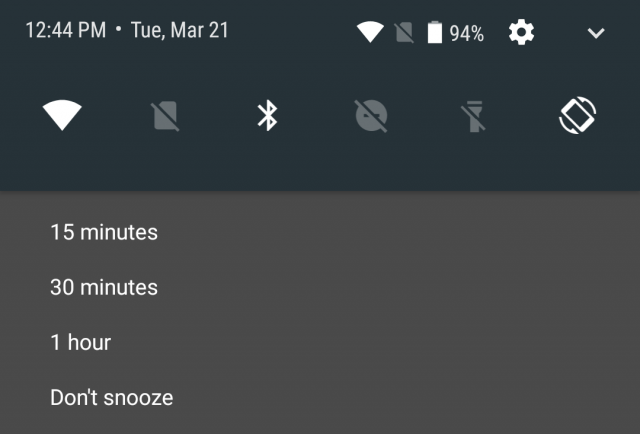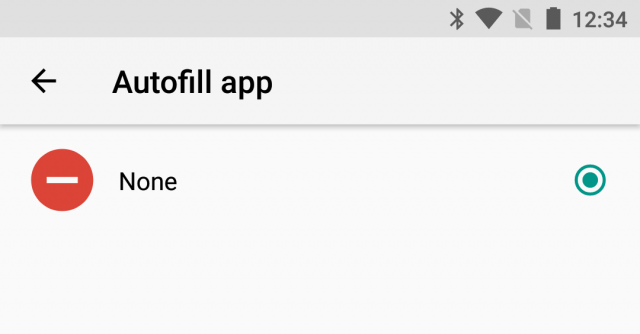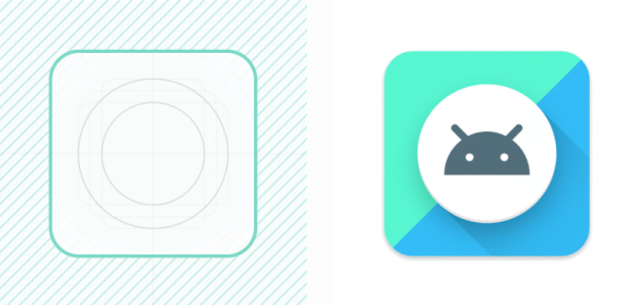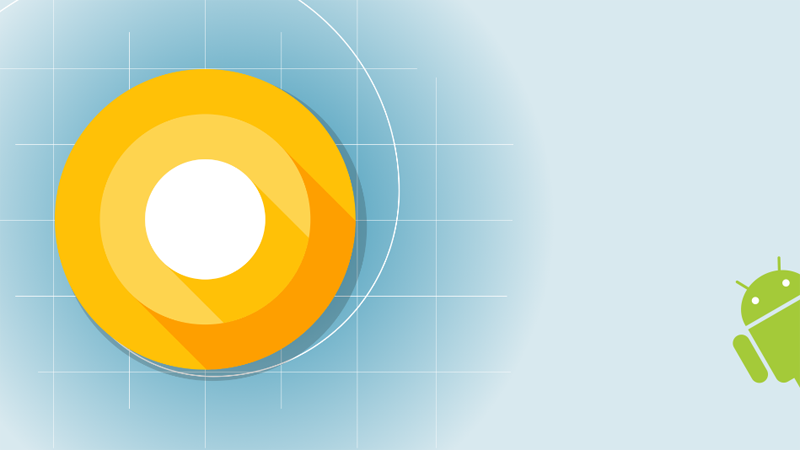The annual Google I/O conference isn’t for a few months yet, but Google has just taken the wraps off the latest version of Android. It’s called Android O. We don’t know what the official name is, or even what the version number will be. However, the feature set is out in the open with the release of a developer preview build for recent Google devices. Google is making a number of big changes to the user experience with some cool video stuff, revamped notifications, improved power savings on background processes, and more.
Picture-in-picture video
Google actually added picture-in-picture (PiP) support in Android 7.0 Nougat, but it was only enabled for Android TV boxes. That didn’t exactly get developers on-board. How, Android O brings PiP to all phones and tablets. That means you’ll be able to shrink videos down to a floating window so you can do something else without stopping playback. You know, what we’ve been able to do for years on desktops.
The catch here is that developers need to add support. They can define the aspect ratio of the floating video, as well as custom controls.We don’t know exactly how this will work yet, because not even YouTube in the preview image supports the feature.
Notifications
There are two big things happening in notifications. One of which you can play around with right away after installing the preview. Snoozing notifications allows you to get them out of your face, but not completely dismiss them. By dragging the notification to the side just a little, you’ll see a new snooze button next to the settings icon. Tap that and the notification will snooze for 15 minutes. You can also cancel or tap the snooze alert to change the length of time to 30 minutes or an hour. At the end, the notification appears again.

The other change will require developers to get their apps updated. Notification channels will allow you to control what an app sends you right from the notification shade. So, if you want to hear about tech news from your news app but don’t care about fashion, the notification could let you disable the channel for fashion. In Android 7.0 and earlier, you can only block notifications for entire apps.
Background process limits
Android has a long and sordid history with background processes. There was a time when killing them was necessary, then killing them broke things, then Google finally added doze mode to make processes behave themselves. Doze was improved in Android 7.0 to work even when the device was moving, and in Android O Google is adding something new called background limits.
Android O places automatic limits on what apps can do in the background by throttling implicit broadcasts, background services, and location updates. This should mean that apps have a smaller impact on your battery life while they’re in the background. For developers, it requires new techniques to make sure your app can do what it needs to do in the background.
Autofill API
We all know the pain of typing out the same information again and again on a phone. It might be a password, your address, or whatever. Autofill apps right now are based on the accessibility service, and they’re really not very reliable. Android O adds a new autofill API, so apps can register with the system as a provider of autofill services.

You’ll select a system-wide autofill app in the settings just like you would a keyboard. That app will have the ability to securely and seamlessly store data like passwords and text snippets. I’d love to see Lastpass enable this as soon as possible after release. Developers do need to add support for the API, so there’s nothing live on Android to test this so far.
Adaptive icons
This is a small change, but it’s something that could become very noticeable as phones start shipping with Android O late this year. We’ve all seen a device from Samsung or LG that insists on using icons with a particular shape, usually squircles or squares. Google does circles. The apps you install often don’t match that aesthetic, but adaptive icons will make it easier to get everything looking the same.

Device makers can set a mask for icons… maybe a squircle?
Apps that have been updated with adaptive icons will be rendered on the device to match that outline so they’ll fit in better. This all happen automatically, sort of how it does on Pixel phones where developers have packaged circular icons. This is sort of the next step.
Everything else
Android O includes a number of smaller tweaks as well. Some that are worth mentioning include the addition of Neighbor Awareness Networking (NAN), which is an implementation of the WiFi Aware standard. It will allow devices to find each other automatically and form a bridge without an AP. This allows you to send data at high speed between devices. It also supports low-power mode for streaming just a little data.
There’s also a new “AAudio” API for high-performance, low-latency audio. Color gamut has also been improved with support for wide color profiles including AdobeRGB, Pro Photo RGB, and DCI-P3. There’s also a completely new system settings UI that includes a handy list of all your connected devices in one place.
When can I get it?
If this all sounds like something you want, the developer preview is available now. It’s still buggy and it only works on certain devices.
You can flash if you’ve got a Nexus 5X, Nexus 6P, Pixel C, Pixel, or Pixel XL. There’s no OTA beta program yet, so you need to do the full image installation. That involves resetting your device. A beta program will probably be available later.


